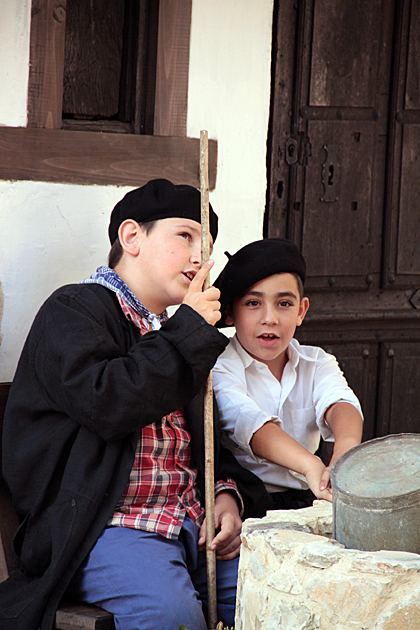Argentina 25,105 Cuba 9,917 Venezuela 5,408 | Mexico 13,380 Belgium 7,180 France 3,777 | |
 | ||
Asturians (Asturian: asturianos) are the native ethnic group of the autonomous community of Asturias, in Spain, as well as smaller communities in the Spanish provinces of León, Zamora and Cantabria.
Contents
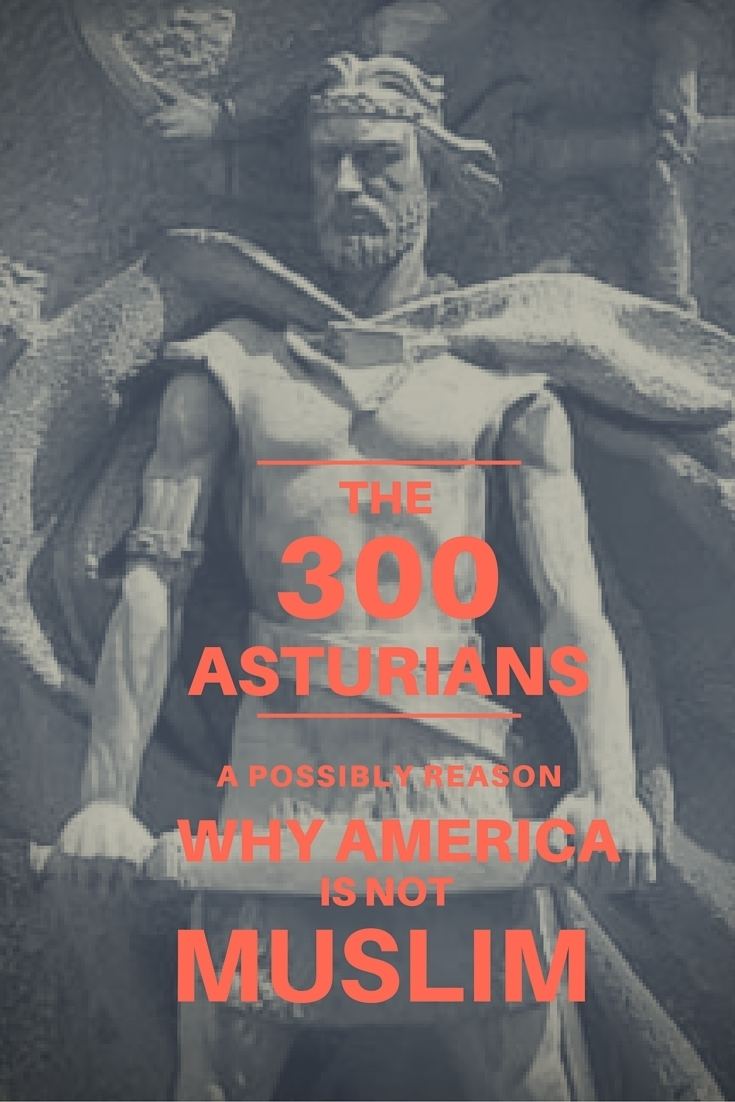
Heritage
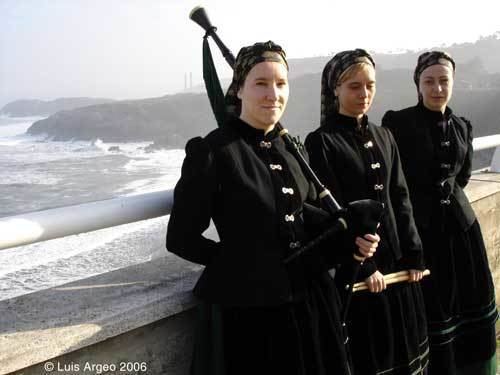
The Asturians have Astures Celtiberian cultural origins most notably found in the Asturian language. A 2008 study indicated that a large minority of the population seemed to show a haplogroup J ancestry as well, but the sample size was too small to be more definitive.
Religion
Their religious affiliation is predominantly Roman Catholic.
Languages
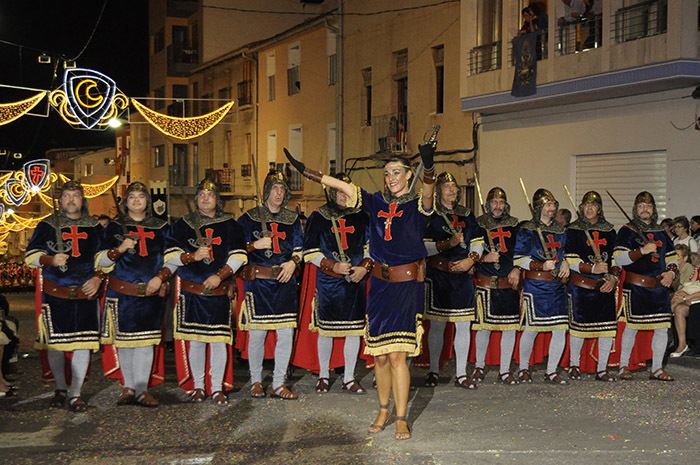
The Asturian language, once widely spoken by Asturians, has been in decline since the early 20th century although around 40% of Asturians still speak the language (10% as a mother tongue). Whilst not recognised as an official language in Spain, it is protected under the Autonomous Statute legislation, and efforts to preserve the language continue to be made. In the western part of Asturias, Eonavian (which is a transition language between Galician-Portuguese and Asturian) is also spoken, and its promotion also falls under the responsibility of Law 1/1998.
Cuisine
The most famous regional dish is Fabada Asturiana, a rich stew made with large white beans (fabes), pork shoulder (llacón), morciella, chorizu, and saffron (azafrán). Apple groves foster the production of the traditional alcoholic drink, a natural cider (sidra). It is a very dry cider, and unlike French or English natural ciders, uses predominantly acidic apples, rather than sweet or bittersweet. Sidra is traditionally poured in by an expert server (or escanciador): the bottle is raised high above his or her head to oxygenate the brew as it moves into the glass below.
Americas
Asturians were involved in the development of the New World and their descendants in present-day Latin America, esp. in Argentina and Uruguay; and other countries where Asturians moved to during the rule of the Spanish Empire. The Industrial Revolution came to Asturias after 1830 with the discovery and systematic exploitation of coal and iron resources. At the same time, there was significant migration to the Americas (i.e. Mexico, Cuba and Puerto Rico); those who succeeded overseas often returned to their native land much wealthier. These entrepreneurs were known collectively as 'Indianos', for having visited and made their fortunes in the West Indies and beyond. The heritage of these wealthy families can still be seen in Asturias today: many large 'modernista' villas are dotted across the region, as well as cultural institutions such as free schools and public libraries. Asturian communities, social clubs, sporting teams, financial banks and amateur vocal groups are still found in Mexico and Argentina as well across South America.

Tens of thousands of Asturians moved to the United States en masse, mainly to agricultural industries of Florida and California and the zinc smelters of West Virginia in the late 19th and early 20th centuries. They were also involved in working in industrial bases of Midwestern factory towns. (see Asturian-American). A characteristic of the Asturian wherever they go is their attachment to the land of their birth. This is reflected in the 82 Asturian Centers in America.
Europe
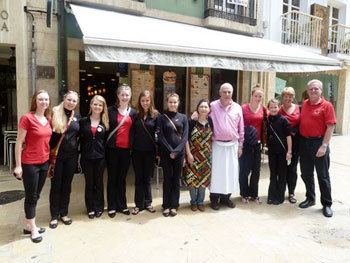
In the case of Europe, the largest Asturian community sits in Belgium, with 7,180 members. France, 3,777, Germany, 2,645, and Switzerland, 2,595, are also traditional countries of Asturian emigration.
Notable people of Asturian origin
